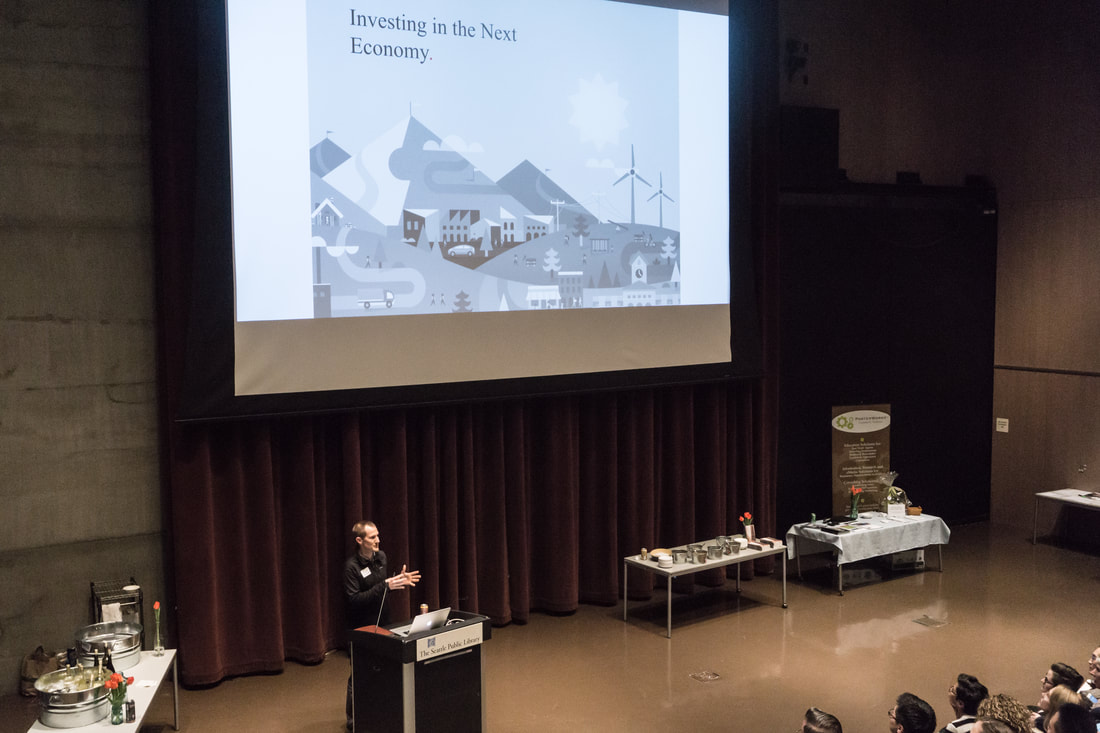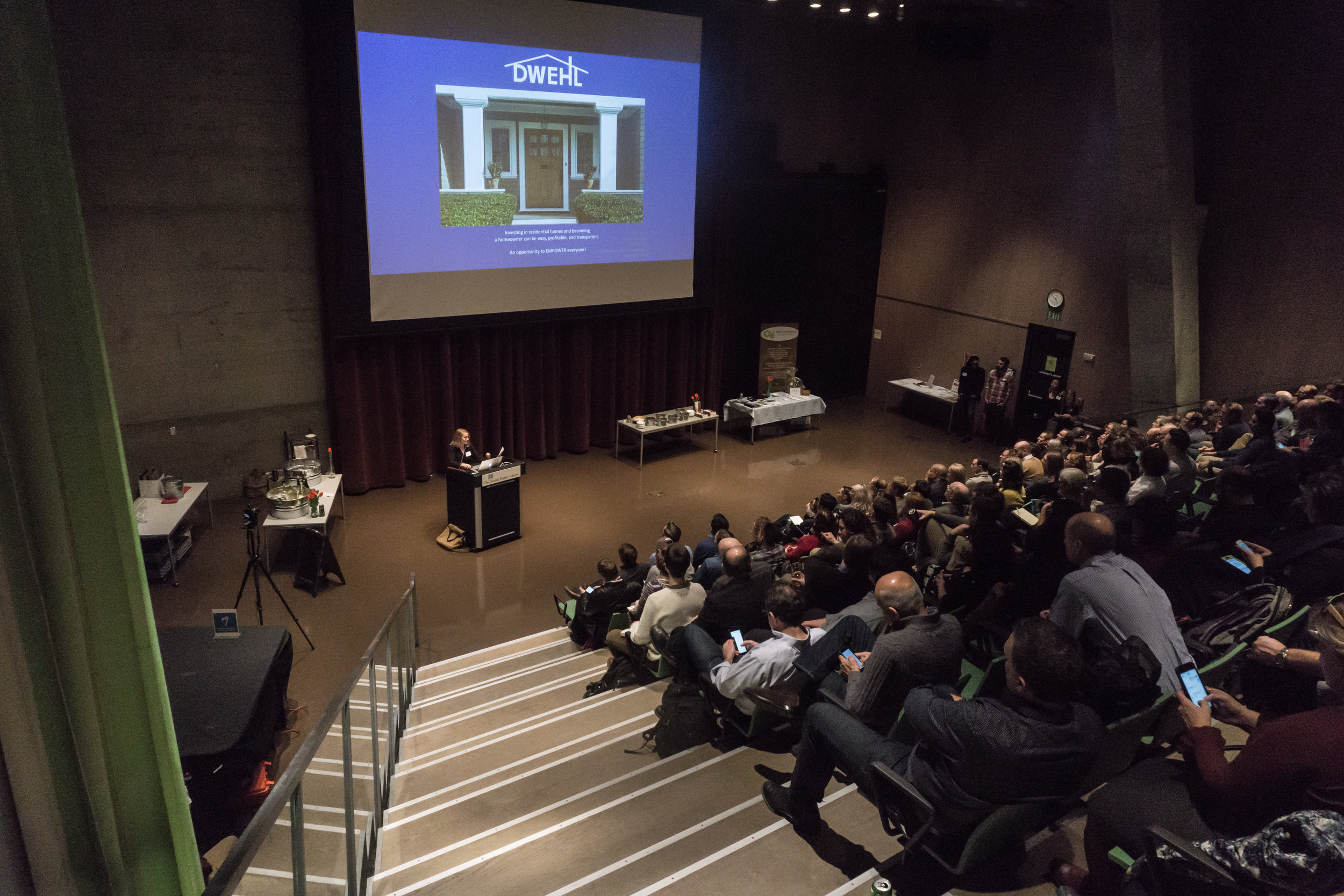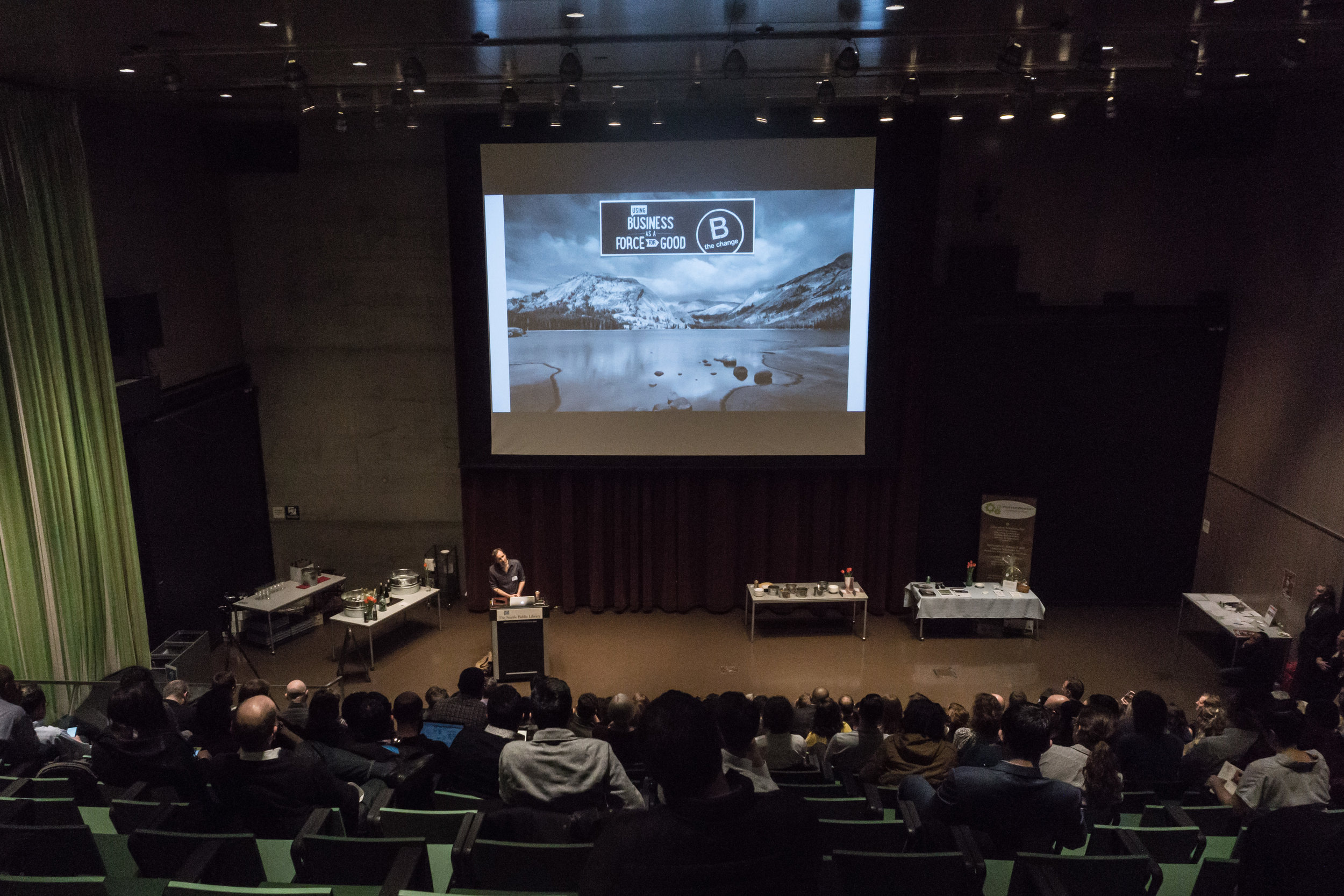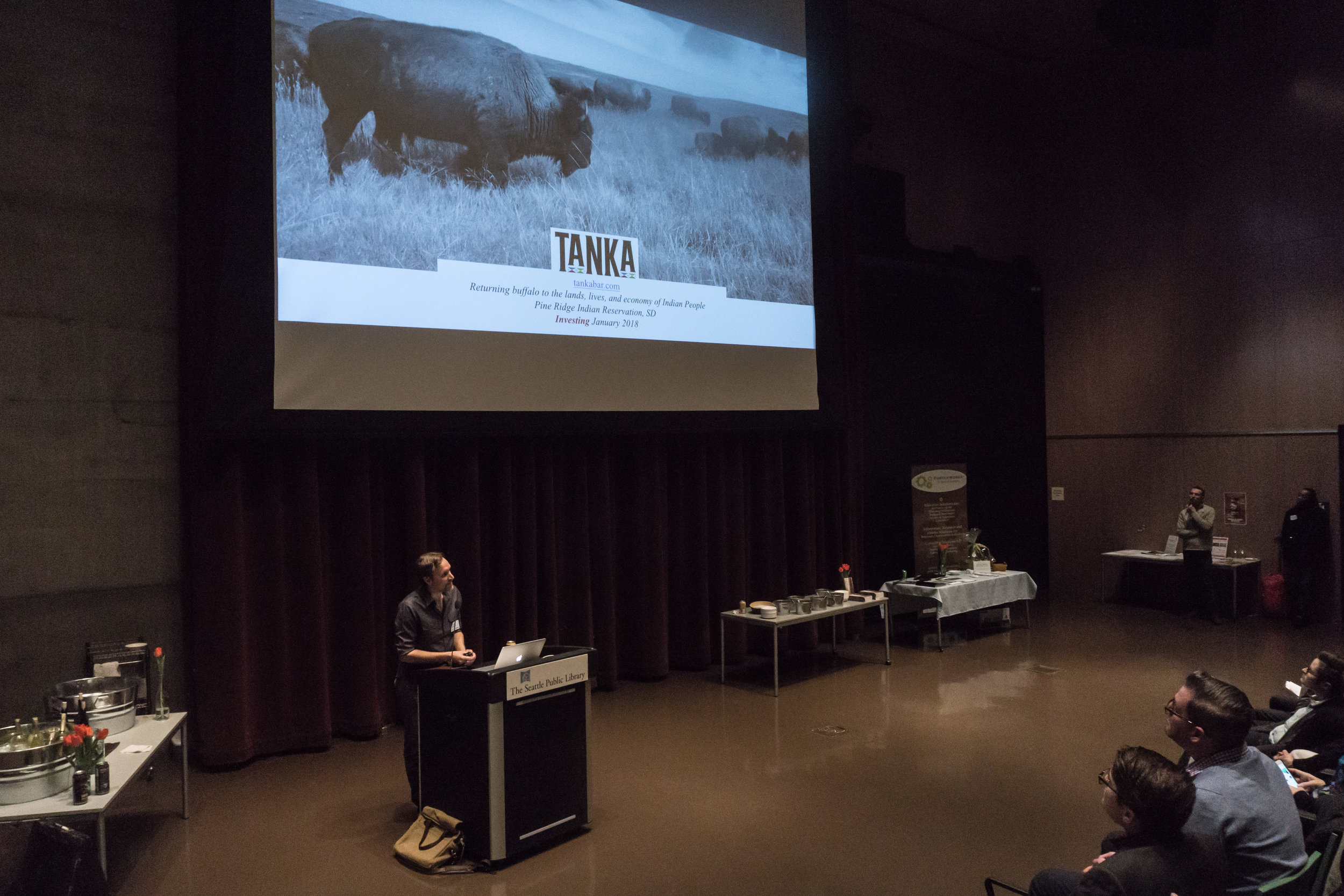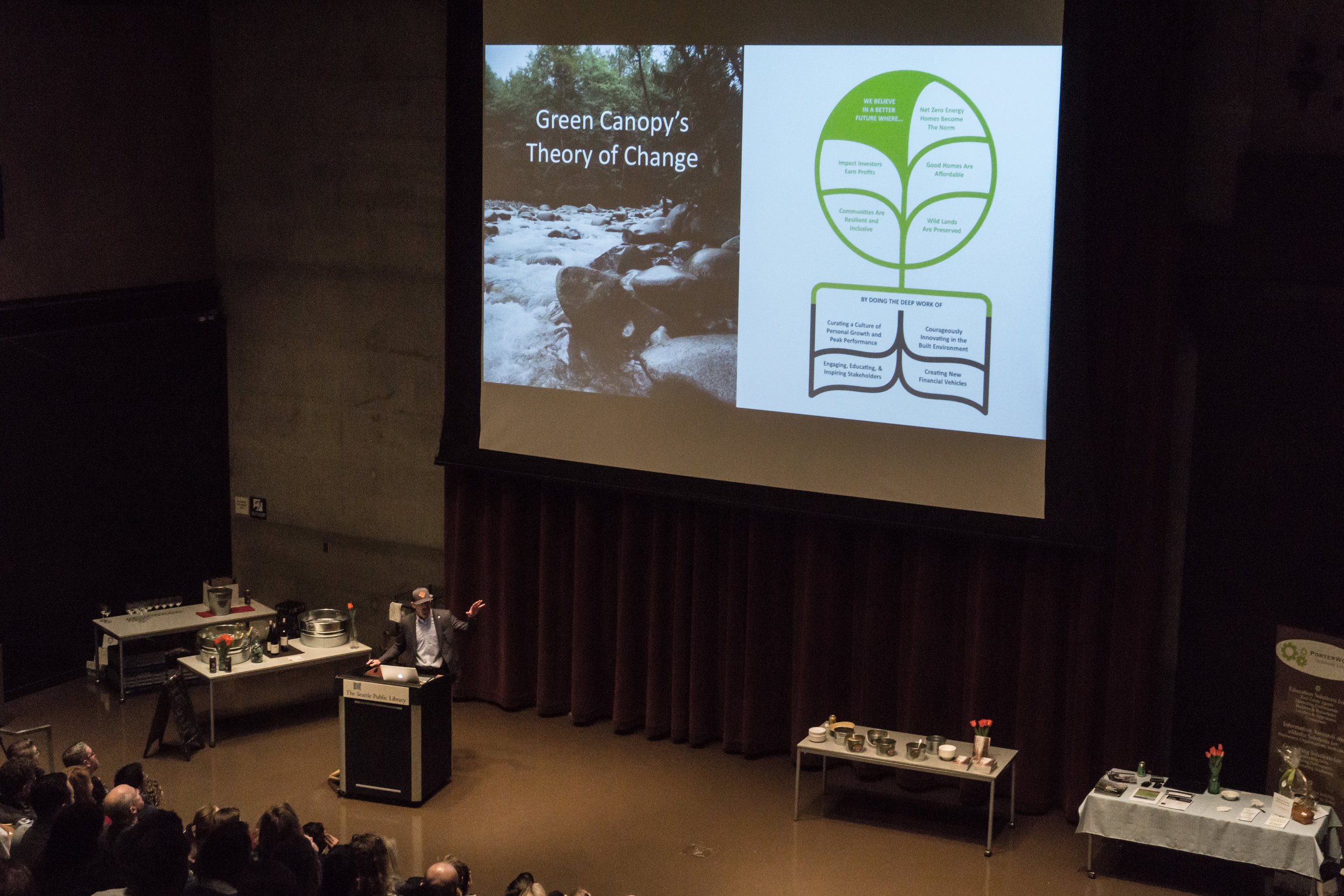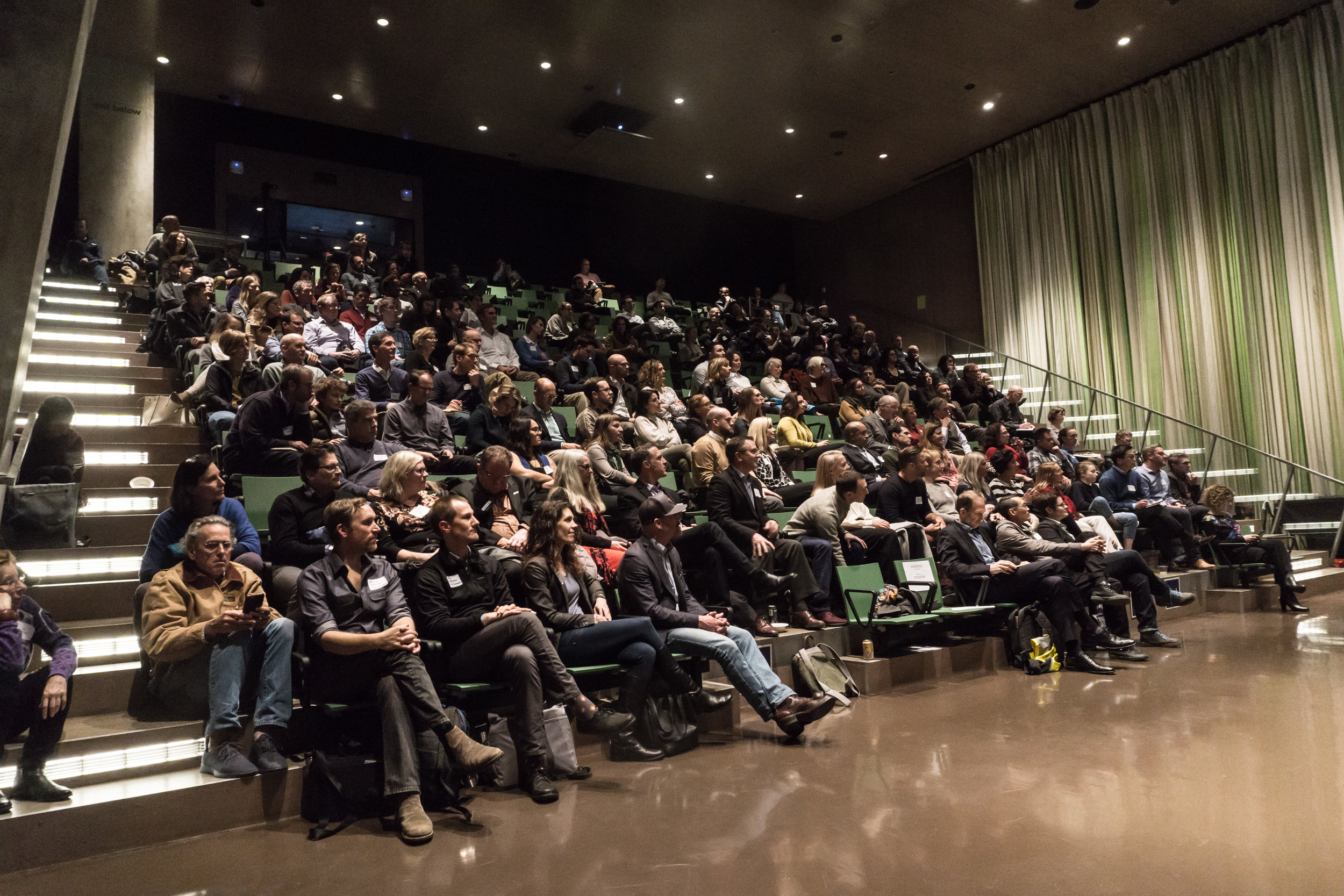By Kyle Mylius | Director of Investor Relations and Strategy | Green Canopy
In the last several months, investors have asked about the prudence of investing in a “hot” Pacific Northwest real estate market — a market that has experienced significant home price appreciation since 2013, with Seattle seeing an average 20% increase in the last year alone.
Green Canopy's response is emphatic. A multi-faceted housing crisis has created a compelling financial, environmental and social investment opportunity. Not just now, but for several years to follow. Understanding the market fundamentals and deciding how best to manage the inevitable risks is essential to any sound investment strategy — as a developer, as an investor, and as community leaders.
"It’s essential for investment success that we recognize the condition of the market and decide on our actions accordingly." — Howard Marks, The Most Important Thing: Uncommon Sense for the Thoughtful Investor
Howard Marks is one of the most successful investors of our generation, known for being an astute observer and risk assessor. Marks strategizes with the understanding that regardless of the economic cycle, there will always be risks with investing — and pockets of opportunity are also ever present. Those who take a contrarian view, seeking out less-obvious and more-manageable risk exposures, with smart and flexible investment structures, are rewarded by opportunities unforeseen and even derided by most.
“The trend is your friend” is a common investor phrase and useful tool for evaluating where to invest, or not. A visible trend in the Pacific Northwest is that the inventory of homes for sale remains at an all-time low while demand continues to be high. This is evidenced in several ways including the number of days homes are on the market before being sold and the persistent growth in home prices throughout our region.
At the same time, the Pacific Northwest continues to attract more highly-paid workers looking to relocate. This isn’t just the Amazonians, but many of the major Silicon Valley companies whose employees can sell their homes for a high price in California and buy at a lower price in the PNW. While Seattle’s median home price exceeded $750,000 recently, the market is a relative bargain compared to median home prices in neighboring West Coast cities: San Francisco ($1,200,000) and Vancouver B.C. (US $2,400,000). Portland has also experienced significant appreciation over the last five years, though the median home price is substantially lower, $440,000 according to Redfin.
If demand growth begins to slow, there are a number of factors that will cause gross demand for homes to continue outpacing gross supply. For example, home supply tends to lag behind demand as it typically takes 12–15 months to acquire, build, and sell residential development projects. And in Seattle, the number of new construction home sales has not come close to the number in demand, even with the amount of population growth multi-family apartments and condos are absorbing.
Data Source: NWMLS and U.S.Census Data
Public agencies are working to adjust policies and support the high volume of new construction permitting requests, but bottlenecks still remain. Lenders continue to be conservative in extending credit against real estate. The construction industry across the U.S. has only recovered half of the skilled labor lost during the great recession — and many homeowners in the PNW are unwilling to sell. Despite having substantial home equity, PNW homeowners are not motivated enough to sell when they will be faced with the high costs to switch and the lack of options to upgrade.
The regional housing market imbalance of supply and demand may not be able to achieve equilibrium in the next year, or two or three. But it will eventually. Investment and development strategies focused on the single-family residential market must be structured to nimbly capitalize on the near term upward pricing trend and well-positioned to respond to inevitable cyclical shifts further down the road.











